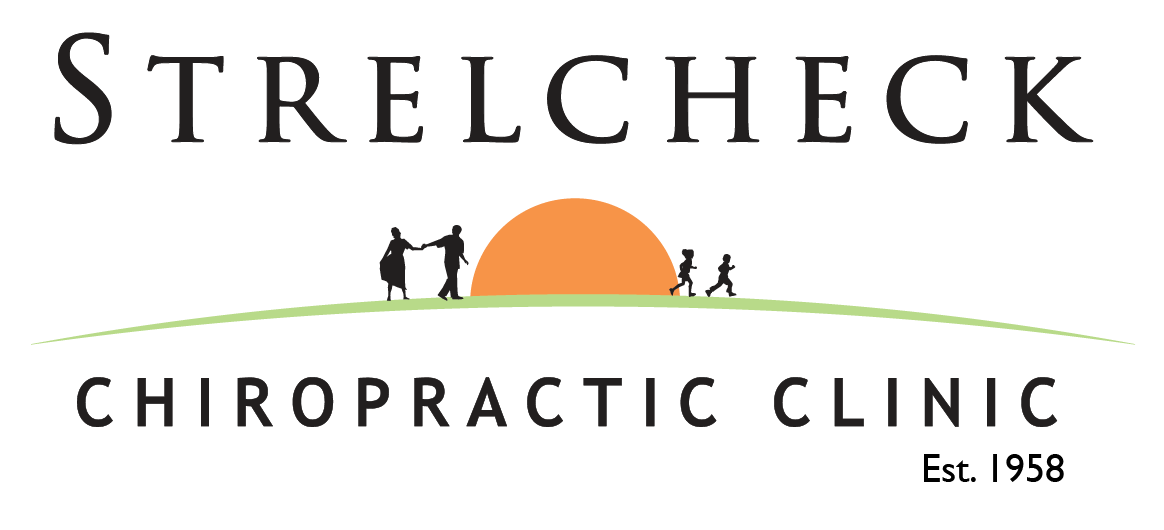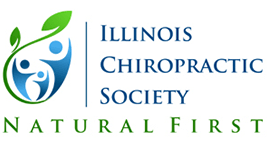
Silver Solutions Radio|Strelcheck Chiropractic Clinic
Strelcheck Chiropractic Clinic was recently invited to be interviewed by Silver Solutions Radio. Here is a link to the interview. Here is a full transcript of the interview! Jeanette: Good morning everyone, welcome to Silver Solutions Radio your show for living long and aging strong. We’re bringing you this show because we’re passionate about helping people; especially seniors and the disabled. Good morning, I am Jeanette Palmer and am joined by my cohosts Kathy Waters and Jim O Janowski. … Our guest today is Dr. Daniel Strelcheck Junior of Strelcheck Chiropractic Clinic in Crystal Lake and welcome Dr. Strelcheck. We’re going to call you Dr. Dan for the rest of the show because it’s hard to say Strelcheck. Dr. Dan: Alright, Oh perfect. Jeanette: Thanks for being a guest on the show today. Dr. Dan: My pleasure. Jeanette: I saw on the Internet that Strelcheck Chiropractic, in 2008, celebrated 50 years for serving the community. Clearly you didn’t start the practice. Dr. Dan: Correct. My father started in it 1958 and I took it over in 1998 and we have been helping better Crystal Lake in McKinley County area for all of the time. Jim: Dr. Dan, how many total years has the Strelcheck Chiropractic being serving the community? Dr. Dan: 57, we are about to start our 58th, yeah. Jim: Okay, so 57 years, that is absolutely awesome. Dr. Dan: It’s been really our pleasure. Our communities have supported us so well and we just love them. Jeanette: I know you have a beautiful facility. I have seen it when I have been on Route 14 in Crystal Lake, and a it is beautiful; and you recently opened a facility in Barrington? Dr. Dan: Yes we did. We joined the group over there in Smith building across from Good Shepherd Hospital; it’s in the same building with Lake Cook Orthopedics and Women’s Health so we’re excited about that. Jeanette: Yeah, that’s a great spot for you and how it all goes together; that would be perfect. And then the commute wouldn’t be so far either so yeah, excellent. And so we know that chiropractic is helping with structure. We are primarily serving the elderly people and so all of the structure starts at an early age kind of like a tree. How do help people stay healthy? Dr. Dan: Well we have a big children’s practice because we know that the more things you correct when the child gets injured at the very early age from their falls. Just typical smash their bike into a tree kind of stuff, football and athletics seem to be a big cause for injuries and misalignments. Jim: True; golf would be another one. Dr. Dan: Yeah but I love golf. The more things that you align properly as far as the joints of the body, the spine or your shoulder, elbow, knee, the less arthritis or wear-and-tear that you will have when you’re older. So we can still slow that process down even at an elderly age and by aligning the joint, it also then lubricates better with movement. It’s a very common knowledge that movement helps heart rate is in the elderly but if the line or joint is not aligned properly then it doesn’t lubricate as well it’s like the front end of your car; if it’s misaligned it’s not going to go down the road street. Jim: Absolutely true! Jeanette: And I know too you had mentioned that you have a large practice serving children and for instance my grandson’s ankles are not straight and I know that when my children were small, I had them in leather shoes that would hold the ankles straight to try and get them to line up and I don’t think that the shoes are doing that anymore, it’s not common knowledge or they are not even making those shoes that use to see bronzed when we were children and so I think that they are being more need for our children to visit you to become aligned. Dr. Dan: I think you are very astute with that Jeanette. We see a big trend in sandals quite honestly and sandals virtually don’t have any support even the ones with the strap behind the back of the heel, it’s still not like wearing a nice solid shoe like you are describing or a tennis shoe even is pretty good so we’re certainly trying to get all of our kids into more sturdy shoes. Jeanette: Yeah and then to for the adults with back problems and things like that, the shoes again help to keep the spine aligned and the hips aligned so that there isn’t as much pain or arthritis because everything is aligned. And so do you have orthotics too in your practice? Dr. Dan: Yes we do. My partner Dr. Pete, we made sure that he got some advanced training in orthotics and so he has been doing all of the foot orthotics and the moldings for the last 10 years for us. Jeanette: And does insurance help pay for that? Dr. Dan: Most insurances do. I am sad to say that Medicare is not in so that’s one of the things that Medicare doesn’t pay for through a chiropractor but maybe a podiatrist, you can receive orthotics so I would suggest most Medicare patients see a podiatrist considering their orthotics. Jeanette: That’s another crazy thing that Medicare doesn’t cover because it keeps a person healthy and it is preventative versus reactionary. Dr. Dan: Yeah, I agree with that. But you know what? We have found that our public sees value and wherever they see value then they will spend the money. Jim: No doubt. Dr. Dan: Everybody works hard for their money and we believe that if you really give them a good bang for their buck, value, that they will see it and they will spend the money. Jeanette: Yeah. As small business owners we strive to provide value




